From the master bathroom to the powder room, the bathroom is one of the most important parts of any house. It would be hard to imagine a modern home without more than one bathroom. But while it may be something we take for granted, the idea of a bespoke water closet tailored to our personality was not too long ago a luxury afforded for only the wealthiest homeowners.
This, however, is no longer the case. In recent years, bathroom remodel projects have skyrocketed in popularity. Bathroom remodeling has become a go-to method for many to spruce up their home and increase its value. Nowadays, many plucky homeowners hope to infuse their staid utilitarian bathrooms with some modern sophistication. If you’re reading this you are probably one of those homeowners, and you might be wondering: “what is the average cost for bathroom remodel? How do I choose the best bathroom floor and decor? How long does a bathroom renovation take?”
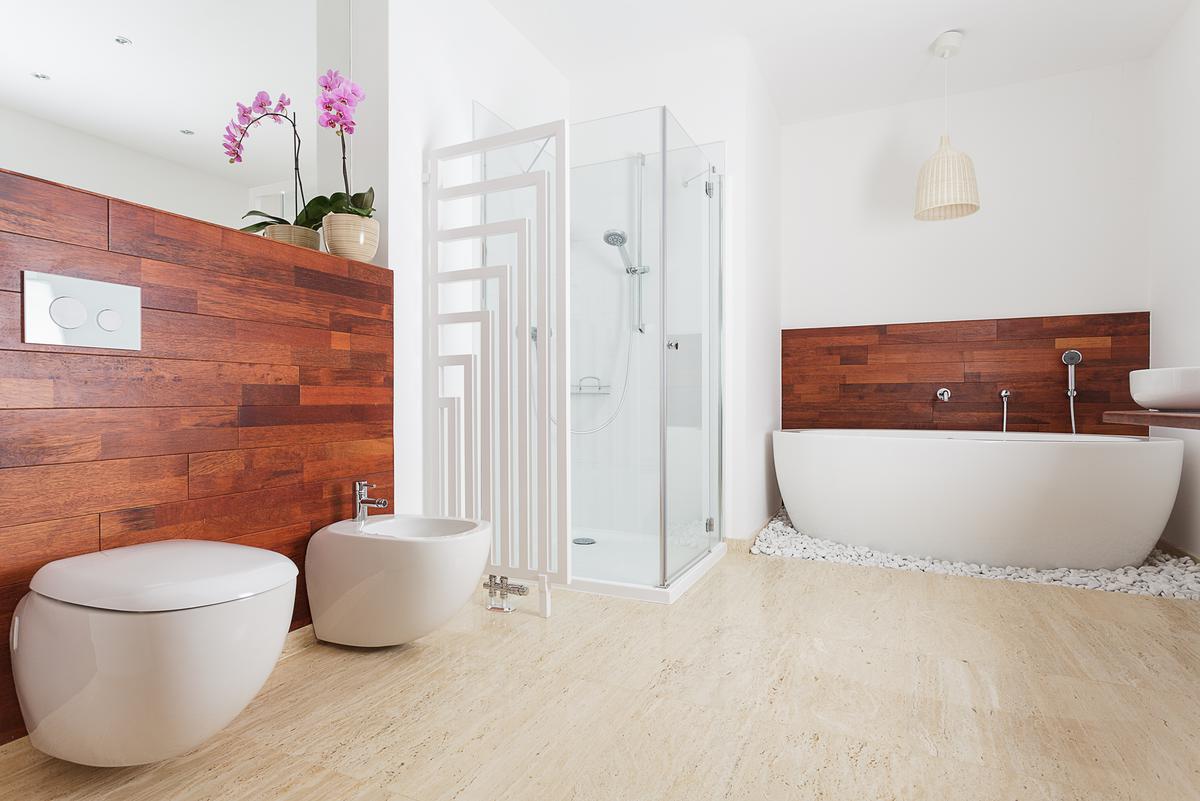
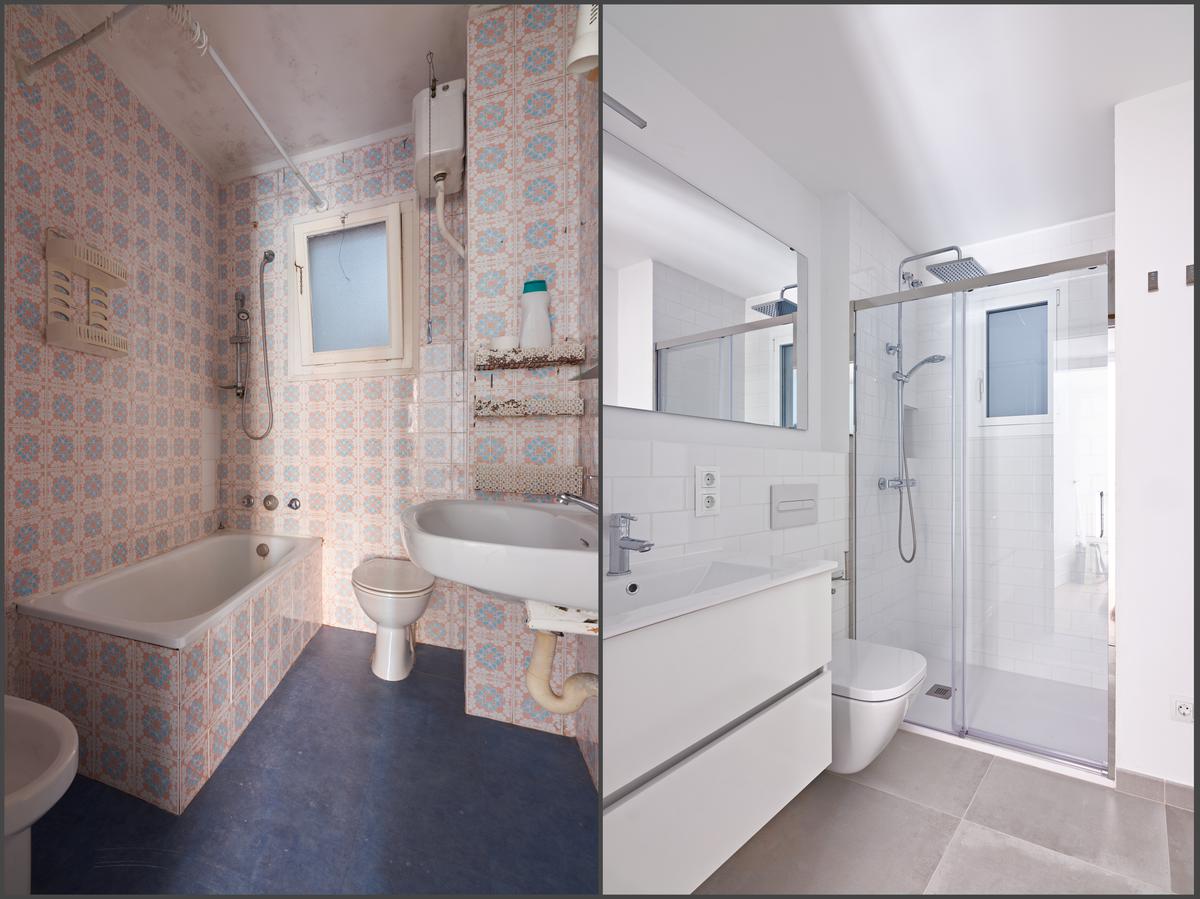
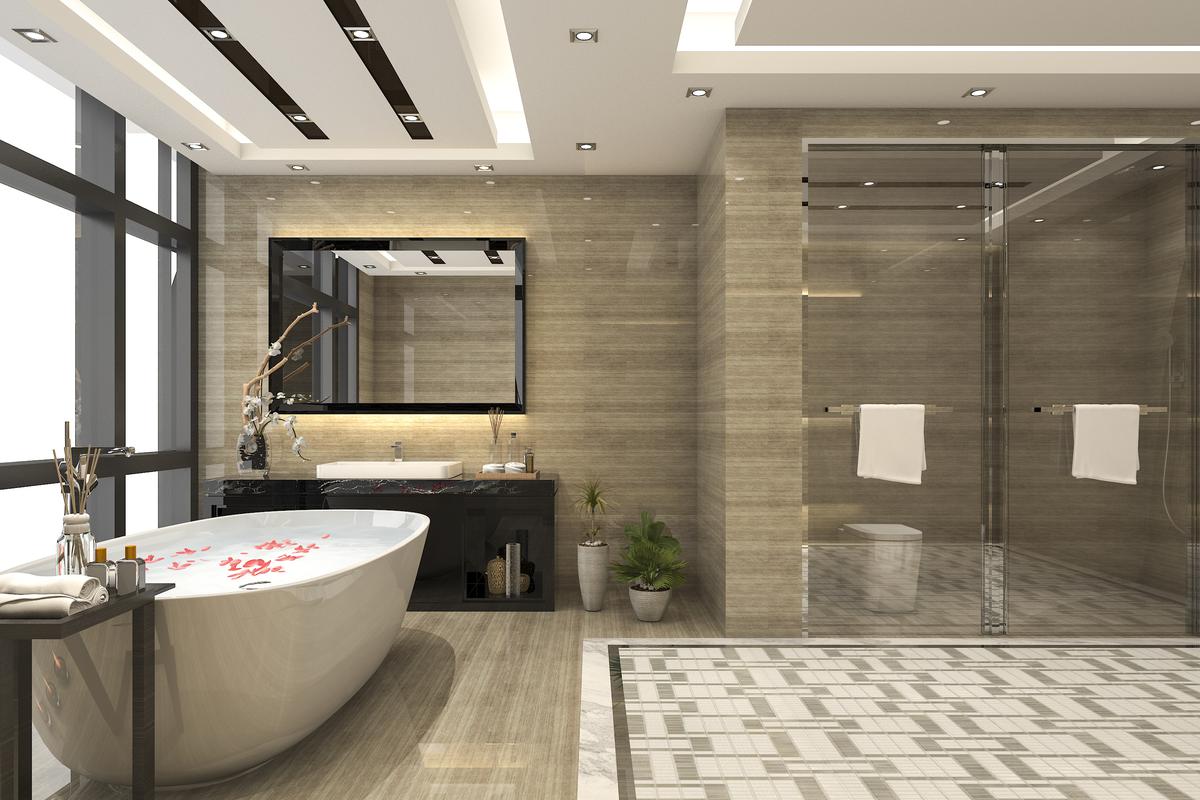
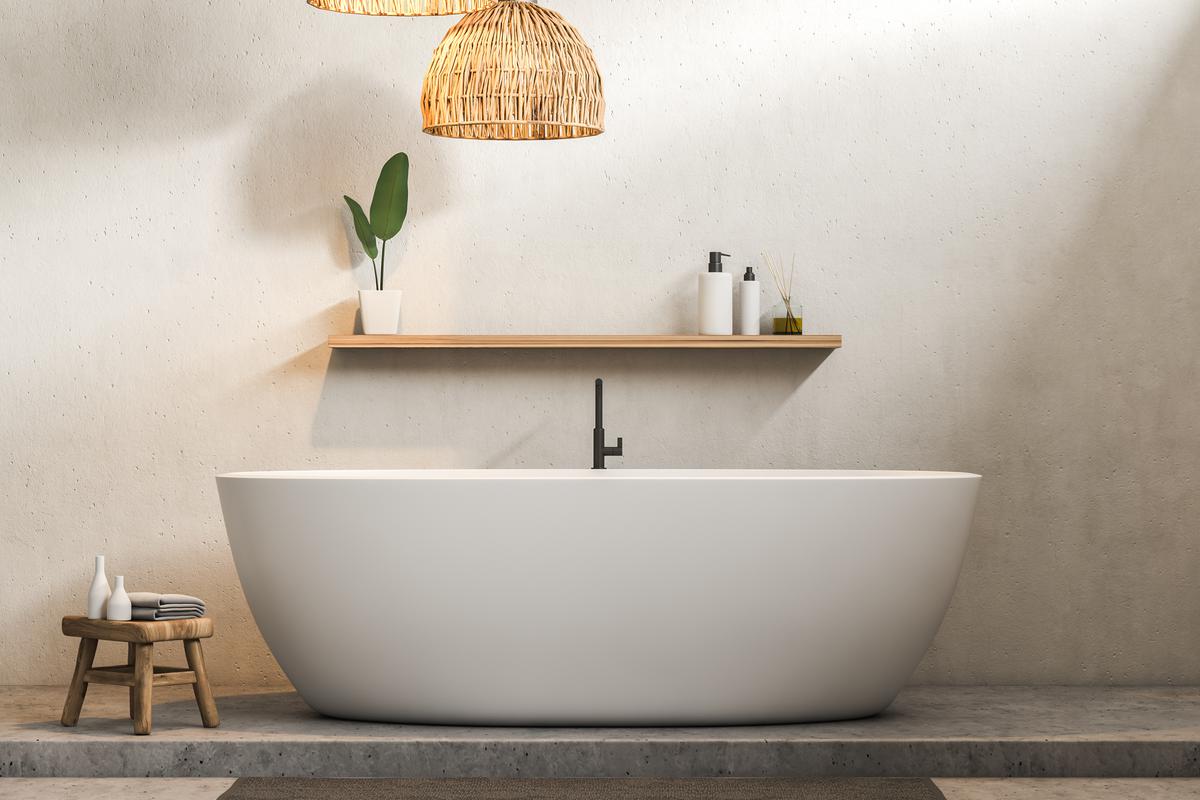

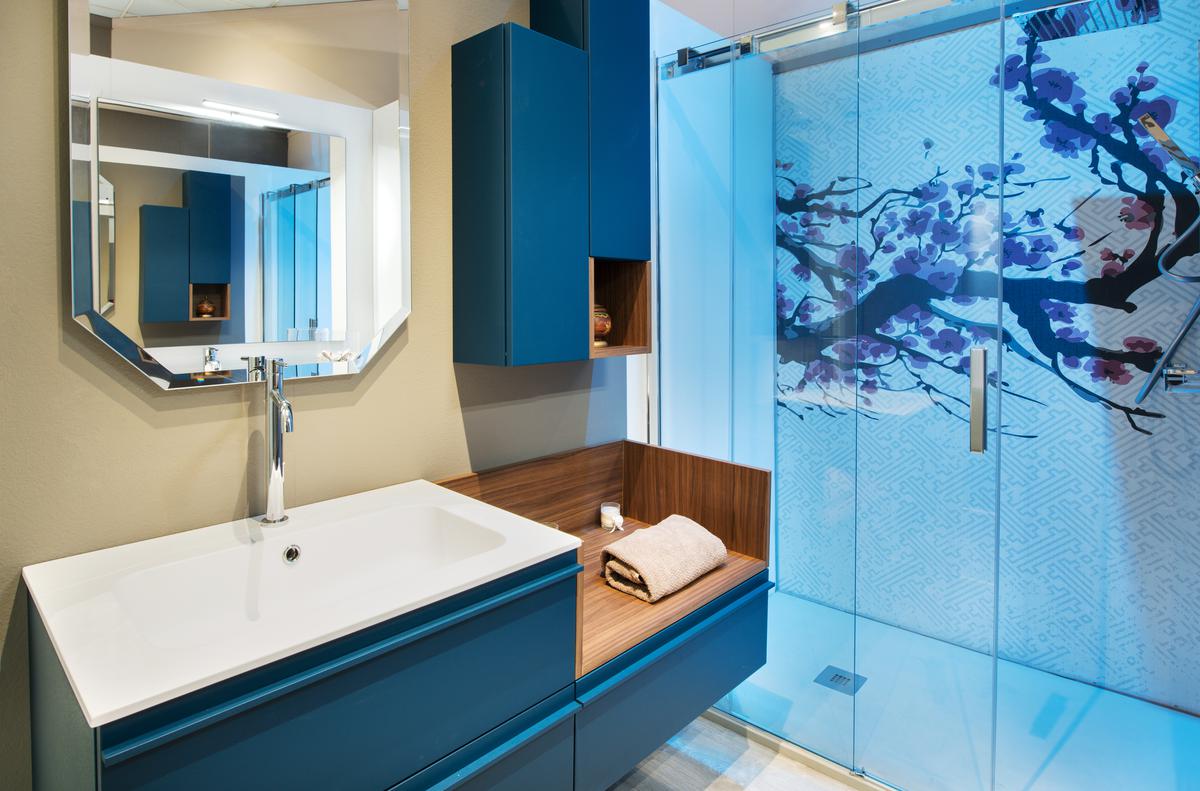
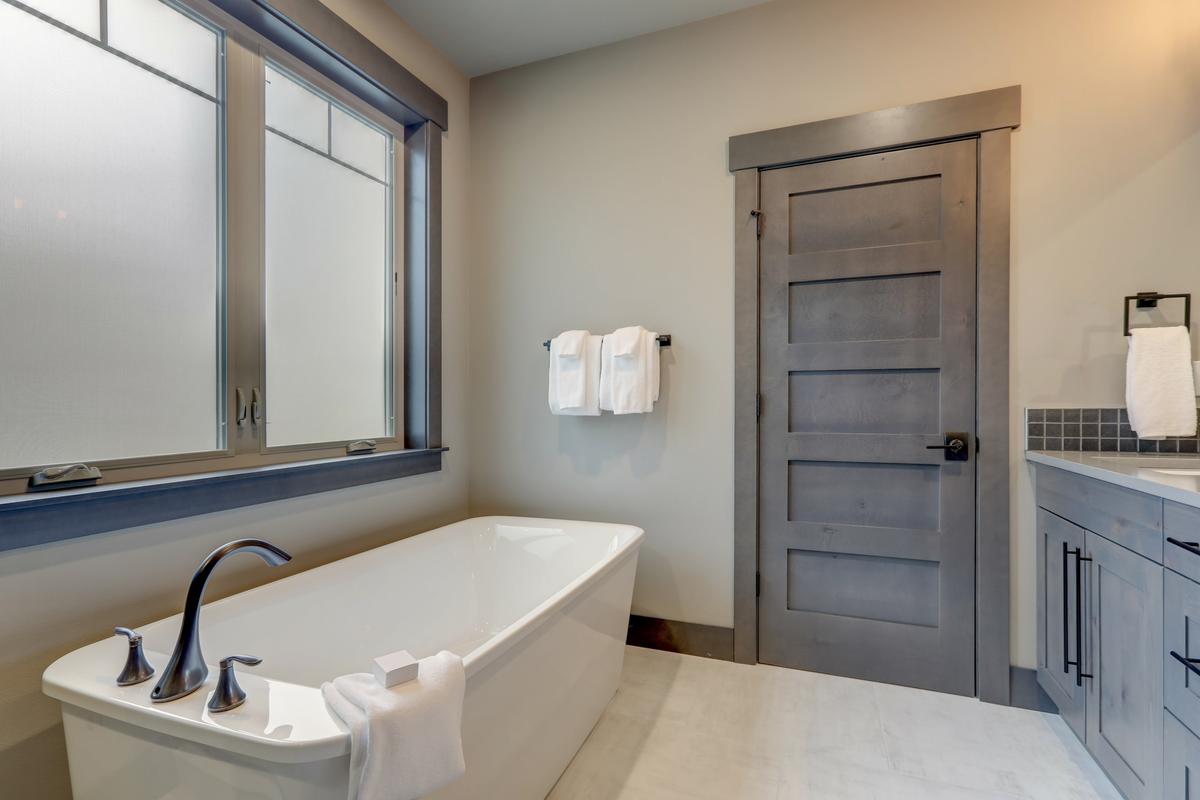
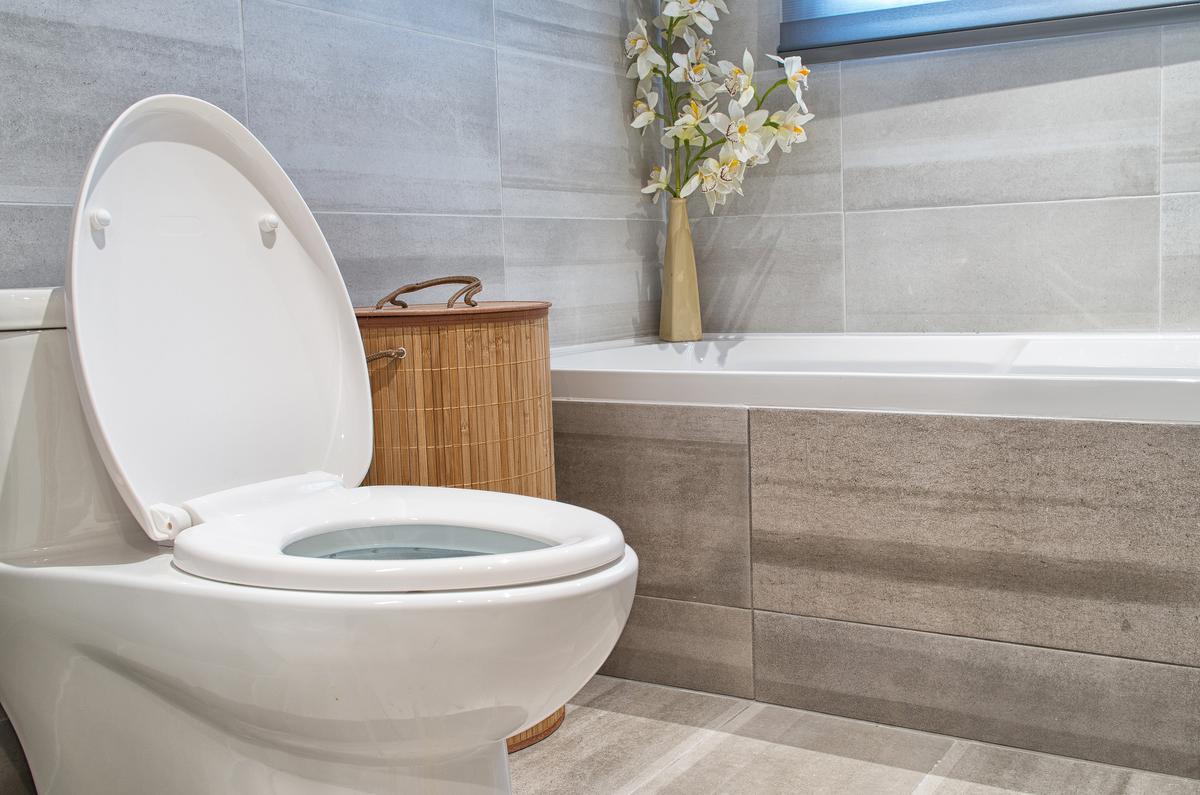
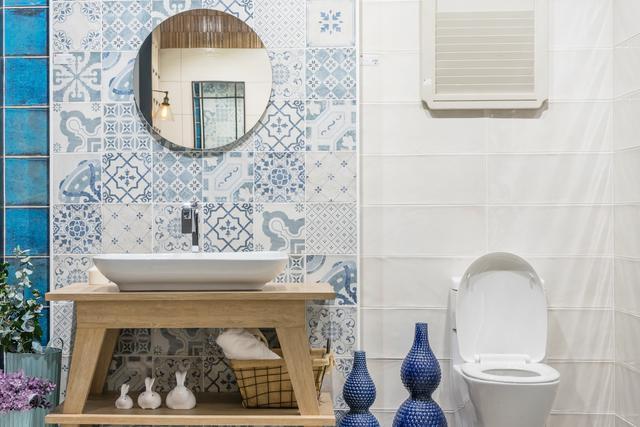
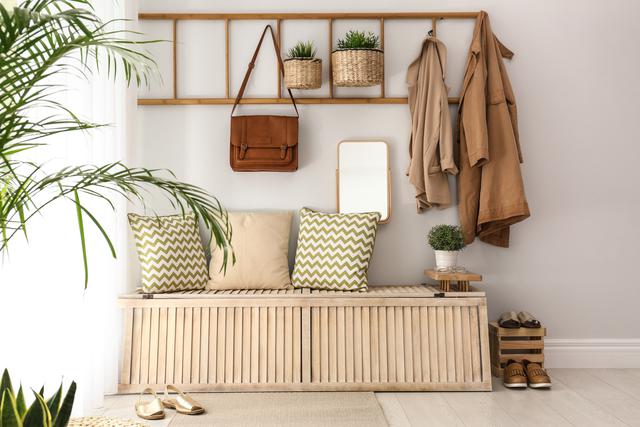
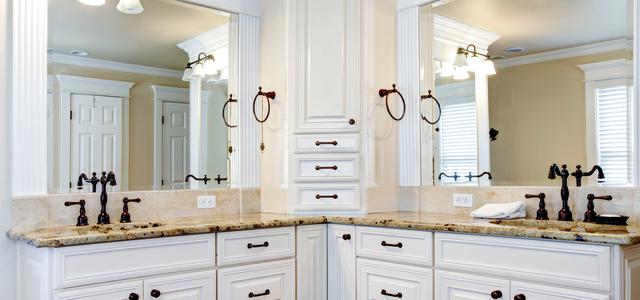

comments